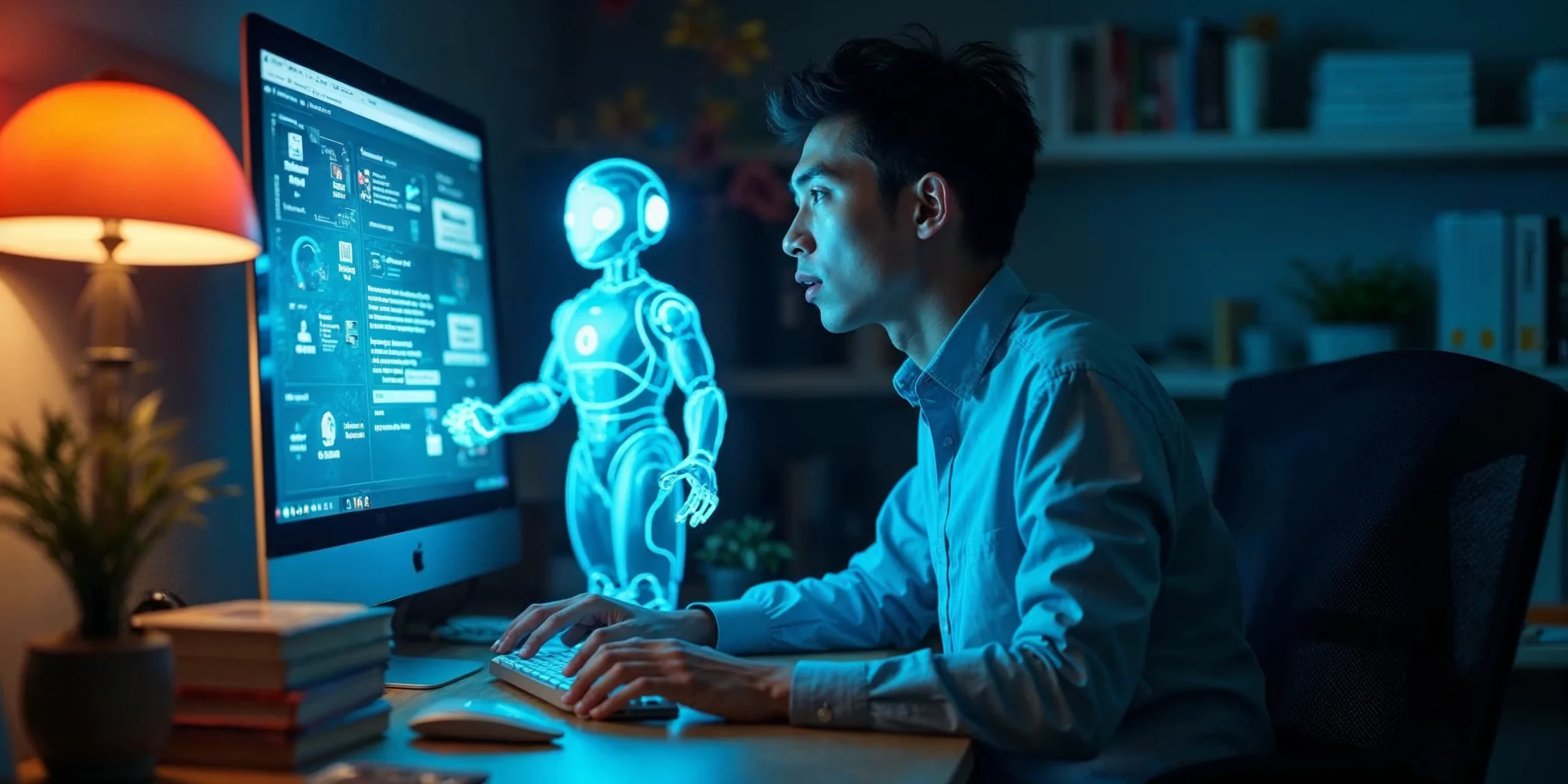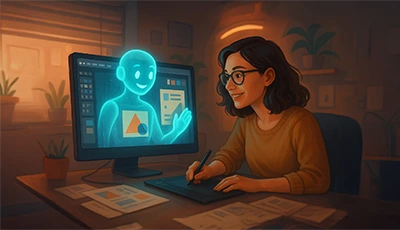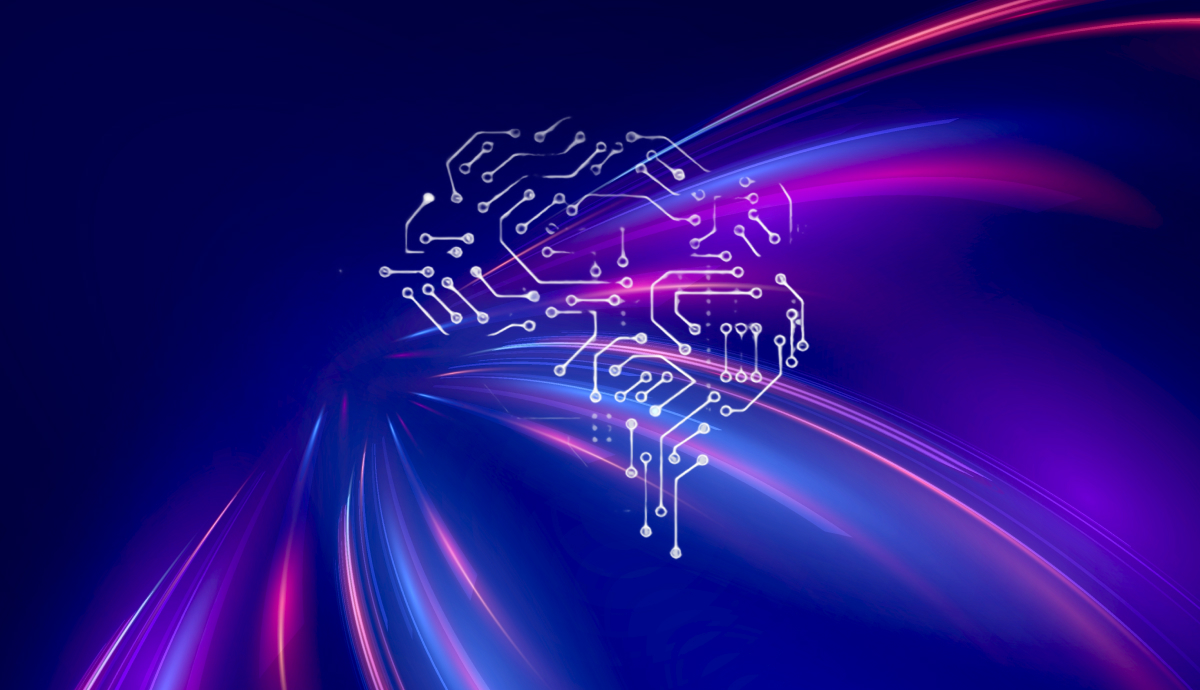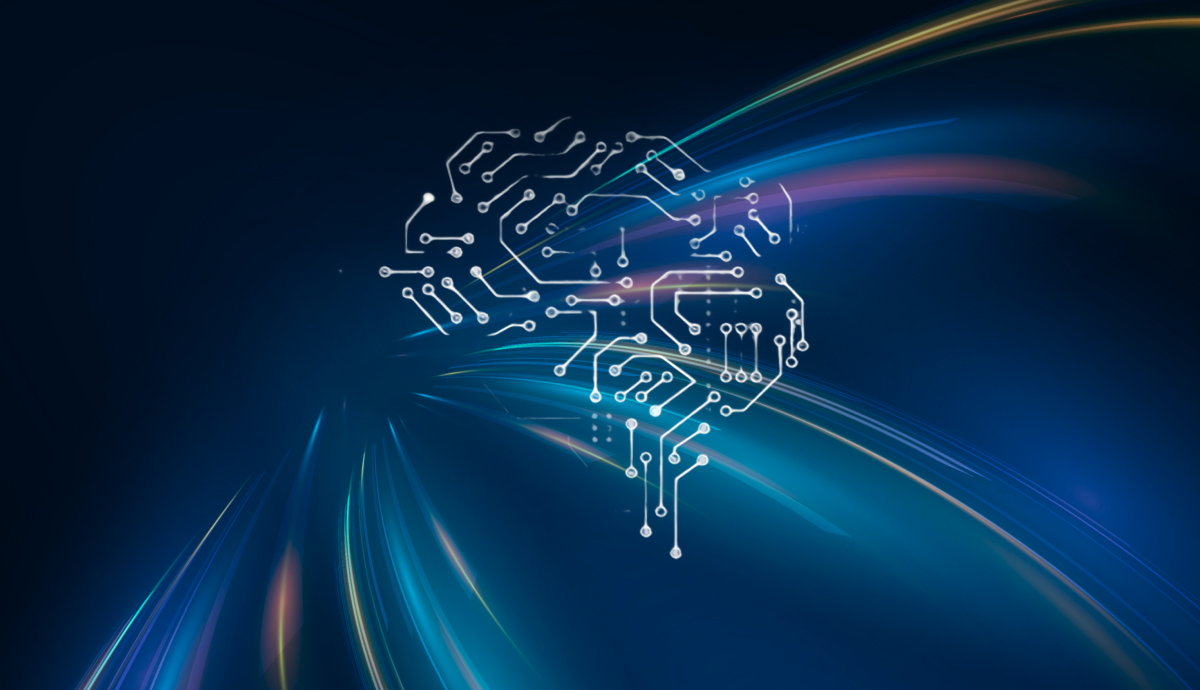Imagine browsing for a picture of a breathtaking waterfall, expecting raw, untouched beauty — and bam! You’re greeted by an AI-enhanced masterpiece featuring rainbows, a dragon, and sparkles because…why not? Or, when searching for a simple peacock, you come face-to-face with a neon-feathered creation that looks ready to dance at a rave.
In a world where AI-generated images and content are flooding our digital spaces, we might need more than a basic search bar to sort through this jungle of visual delights and imaginative chaos. Here’s where the future gets intriguing: Imagine filters that distinguish human-generated/ real from AI-generated content. When you search for “peacock,” you’d have the option to explore the original bird in all its rustic glory, or go wild with an AI’s fantasy version, complete with a side of mystery.
Why do we need this? Well, some of us are die-hard fans of the “original” — call it rustic, call it human, call it flawed but real. We want authentic stories and images that are genuine, unfiltered, and, well…imperfectly perfect. Because amidst the flawless AI scenes, there will always be those craving the charm of reality — that’s our natural beauty, unpolished but captivating.
The rise of “AI content pollution” raises the question- should we have platforms that help us choose between untouched reality and AI-crafted wonderlands? I’d say yes, please! Because at some point, our digital future may give us the luxury to experience reality or fantasy as we please — or, as I like to call it, living in our beautifully curated bubbles.
Who else thinks a little reality check option could be a fun addition to our lives? Or should we just let the dragons be dragons?
How do we tidy up the AI confetti?
- Implementing AI Labeling: Should all platforms introduce clear tags or labels to indicate whether content is human-created or AI-generated? Could labels like “100% Human-Made” or “AI-Enhanced Magic” help us navigate the digital world, much like nutritional labels guide our food choices?
- Creating Filters and Search Options: Should search engines provide filters that let us choose between “Original Content” and “AI-Generated Content”? Would you prefer to see a real, serene beach or an AI version with rainbow sand and floating dolphins?
- Developing Cleanup Algorithms: Could we create algorithms, similar to spam filters, to identify and reduce digital clutter? Should these algorithms prioritize meaningful, credible content and minimize the visibility of low-quality, automated junk?
- Educational Initiatives: Should we focus on educating people about the impact of AI-generated content and how to differentiate it from human work? Would digital literacy programs help us better understand and navigate the complexities of AI content?
With AI making it possible for people to bring their most extreme fantasies to life — from a five-headed dragon swooping over the Grand Canyon to cats ruling the White House — the world’s imagination is about to go wild and look wild, too. (From seeing my mothers’ garden to AI generated “Good morning”, posts)—I’m starting to wonder if she thinks I am more inclined to the imaginations in my life or if she’s just trying to distract me from my reality)
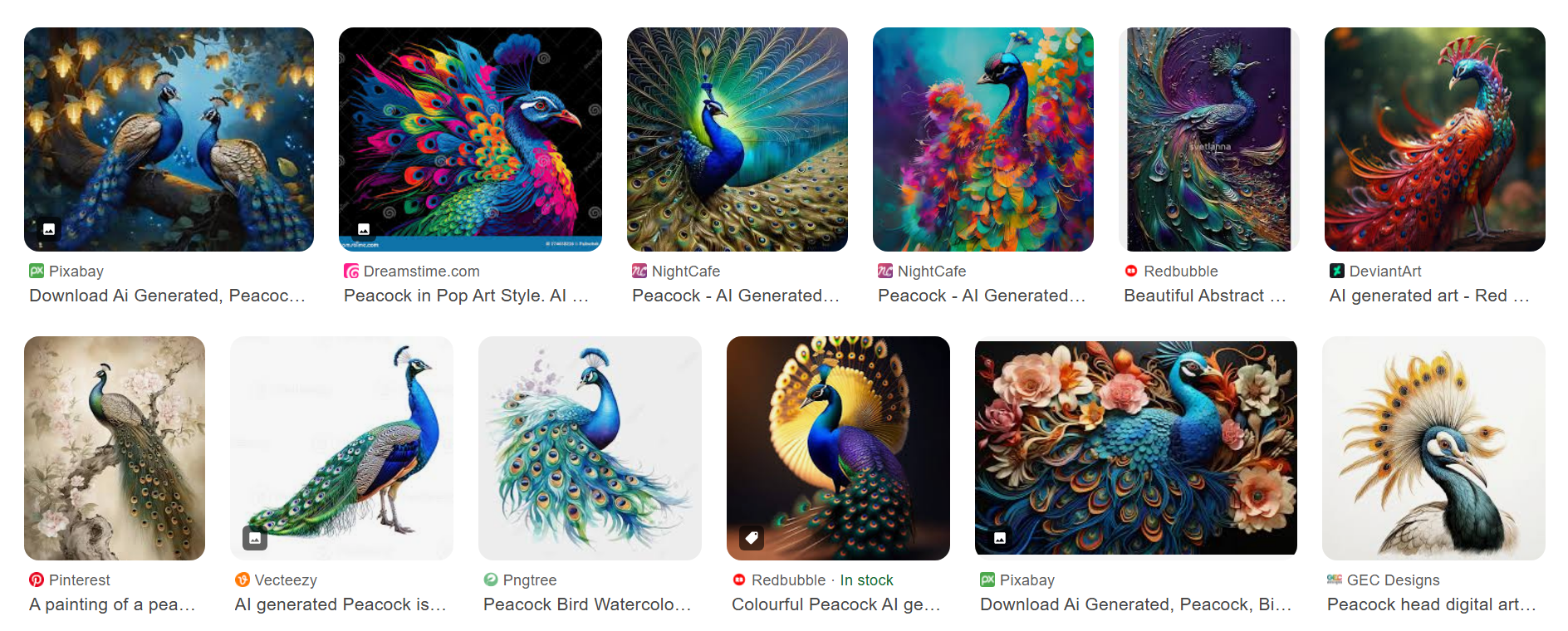
Image 1 – AI generated peacock – (search “peacock”)
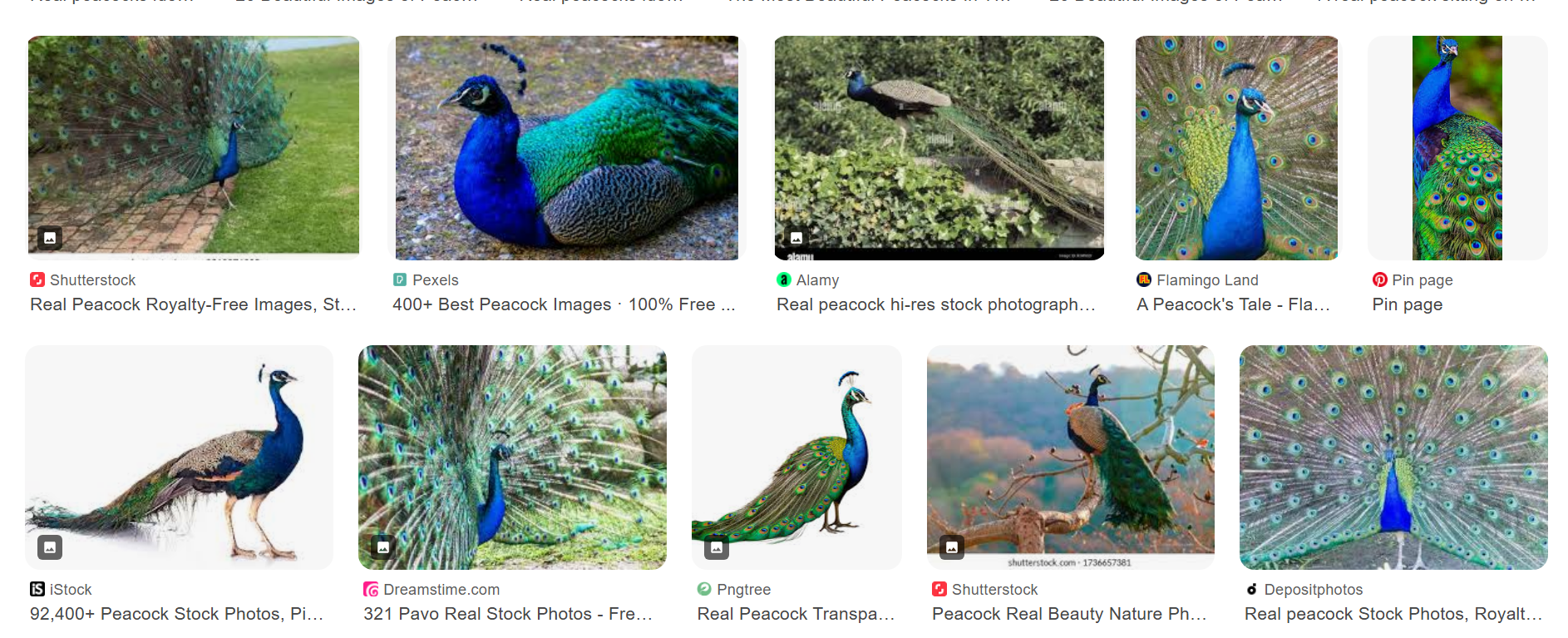
Image 2 – search “real peacock”


